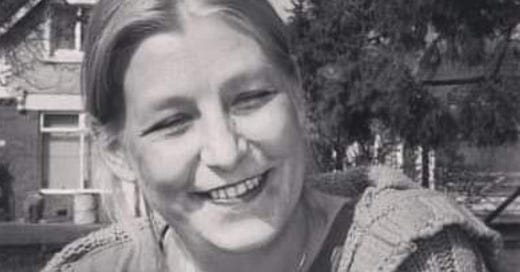'In the crossfire of an outrageous assassination attempt'
Finally, after six years, the inquiry into the death of mother-of-three Dawn Sturgess is being held. And we are learning just how close we came to thousands being killed in the Salisbury Poisonings.
Dawn Sturgess was turning her life around.
That was one of the first pieces of new information to emerge in the inquiry into her death.
For years she had been dependant on alcohol, but in June 2018 the mother-of-three …
Keep reading with a 7-day free trial
Subscribe to Behind the Crimes to keep reading this post and get 7 days of free access to the full post archives.




